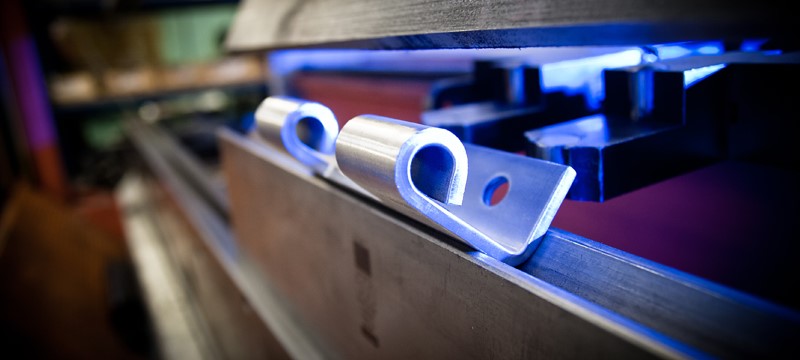When it comes to sheet metal prototyping, the material you choose can make or break your design. It affects cost, strength, flexibility, and durability in the field of sheet metal prototyping. Making an informed choice regarding material guarantees that your prototype will function dependably, in addition to looking good, whether you're testing a concept or building for full-scale manufacturing. Before committing, make sure to understand your options because every material reacts differently to heat, stress, and finishing. Further in this blog, we will talk about some of the most often used materials for sheet metal prototyping.

Aluminum - Lightweight, Corrosion-Resistant
For prototypes that need to be both strong and lightweight, aluminum is a popular choice. Its easy machinability offers a quicker turnaround, and its resistance to corrosion makes it appropriate for outdoor applications. Aluminum is frequently used in industries such as:
- Aerospace
- Automotive
It is perfect for parts that need to be durable without being excessively heavy. Additionally, it has outstanding conductivity, which makes it helpful for electrical projects as well.
Stainless Steel - Strength with a Chic Look
Stainless steel is durable, strong, and resistant to rusting in challenging environments. Prototypes for architectural, food-grade, and medicinal applications frequently use this metal. Even though steel may weigh more than aluminum, its strength makes up for it by providing excellent reliability where wear and tear are concerned.
Carbon Steel - Strong and Affordable
It is commonly used because it is less expensive than stainless steel while offering exceptional strength. Prototypes of carbon steel are useful for structural applications, particularly in sectors where cost-effectiveness is important. Moreover, you can find multiple grades to get versatility for projects requiring different levels of toughness and hardness.
Copper - Unmatched Conductivity
Used in plumbing, electrical, and decorative tasks, copper prototypes allow engineers to test conductivity in real-world settings before mass production. While it can be more expensive and softer than its alternatives, its unique properties make it vital for specific applications.
Brass - Style Meets Functionality
Brass offers a beautiful gold-like polish along with durability. Prototypes for decorative items, musical instruments, or fixtures where appearance and functionality both are important frequently employ it. Additionally, brass also offers good corrosion resistance and machinability.
Final Words
The choice of material is crucial to the success of sheet metal prototyping. Knowing the material qualities is essential because each option backs unique goals. Making the right decision lays the foundation for reliable and reasonably priced products. Moreover, make sure not to overlook the growing importance of injection molding in China in the current global production landscape if you're looking into alternative manufacturing techniques.
FAQs
What makes aluminum so popular in sheet metal prototyping?
Aluminum is easy to machine, lightweight, and resistant to corrosion. Because of its adaptability, it is perfect for sectors where durability and weight are important, such as electronics, automotive, and aerospace.
What is the difference between carbon steel and stainless steel for prototyping?
While carbon steel is stronger and less expensive, stainless steel offers better corrosion resistance and aesthetics. The choice depends on whether cost or durability is more important.
When is it appropriate to use copper in prototype sheet metal?
When thermal or electrical conductivity is required, copper is the best material. Prototypes for electronics, heat exchangers, and plumbing-related applications frequently use it.
Is performance or looks the primary reason for selecting brass?
Brass provides both. In addition to being aesthetically pleasing because of its gold-like surface, its machinability and resistance to corrosion guarantee working prototypes for both mechanical and decorative applications.
Is it possible to integrate more than one metal in a single sheet metal prototype?
It is possible to test a variety of properties by using multiple metals in a single prototype. Prior to final manufacturing, this method helps in assessing performance, durability, and functionality.
Ready to bring your design to life? Contact us today for expert sheet metal prototyping services tailored to your needs.
















